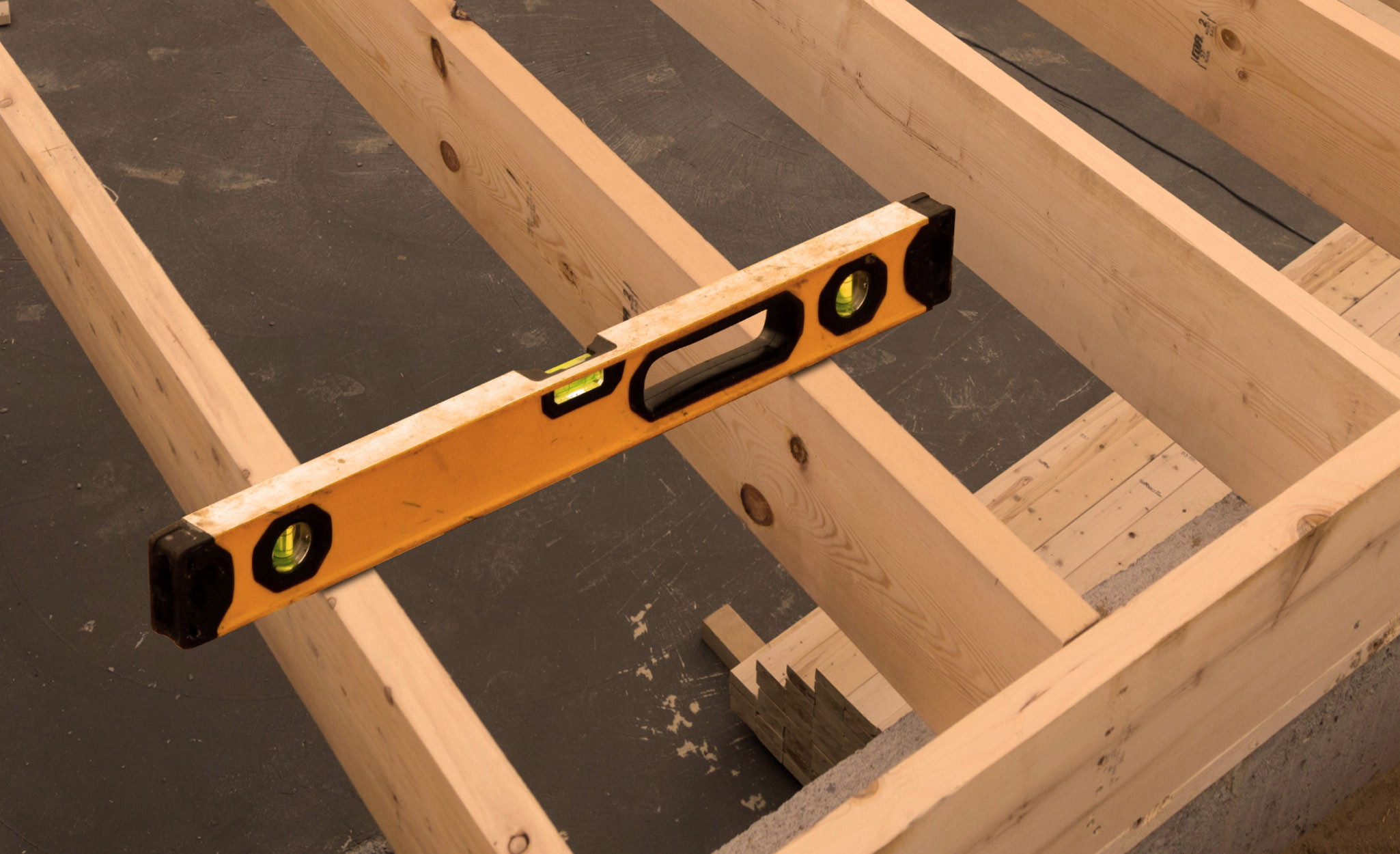

Articles
What Size Insulation For 2X10 Floor Joist
Modified: October 31, 2024
Get the right size insulation for your 2x10 floor joists with these helpful articles. Find out how to properly insulate and maximize energy efficiency.
(Many of the links in this article redirect to a specific reviewed product. Your purchase of these products through affiliate links helps to generate commission for Storables.com, at no extra cost. Learn more)
Introduction
When it comes to constructing or renovating a house, one of the most important aspects to consider is insulation. Proper insulation not only helps in maintaining a comfortable indoor temperature but also plays a vital role in energy efficiency and noise reduction. If your house has 2×10 floor joists, it is crucial to understand the significance of insulating them correctly.
In this article, we will delve into the world of floor joist insulation and discuss the factors to consider when insulating 2×10 floor joists. We will also explore the recommended insulation thickness for this type of joist, as well as the types of insulation materials that are suitable for the job. Additionally, we will outline the installation process and highlight some common mistakes to avoid when insulating 2×10 floor joists.
By the end of this article, you will have a comprehensive understanding of how to properly insulate your 2×10 floor joists, ensuring a comfortable and energy-efficient home.
Key Takeaways:
- Properly insulating 2×10 floor joists is crucial for energy efficiency, comfort, and noise reduction in your home. Consider factors like R-value, vapor barriers, and insulation materials to make informed decisions.
- Avoid common insulation mistakes such as insufficient insulation, poor air sealing, and neglecting maintenance to ensure effective insulation for your 2×10 floor joists. Follow proper installation guidelines and consult professionals when needed.
Read more: What Size Insulation For 2X8 Floor Joist
Understanding Floor Joists
Before diving into the world of insulating 2×10 floor joists, it’s essential to have a clear understanding of what floor joists are and their role in a building structure. Floor joists are horizontal beams that support the weight of the floor and distribute it to the walls or beams below.
In traditional construction, floor joists are typically made from solid pieces of lumber, with the 2×10 size being a common choice. The term “2×10” refers to the nominal dimensions of the joist, which means that the actual dimensions are slightly smaller.
The spacing between the floor joists depends on various factors, including the building codes and structural load requirements. Common spacing options include 16 inches and 24 inches on center (OC).
Understanding the characteristics of floor joists is crucial when it comes to insulation. The space between the joists provides an opportunity to insulate the floor, helping to prevent heat loss in the winter and heat gain in the summer. Insulating the floor joists also helps with noise reduction by dampening sound transmission between the lower and upper levels of the house.
Now that we have a better understanding of floor joists and their importance, let’s explore why proper insulation for 2×10 floor joists is crucial for a comfortable and energy-efficient home.
Importance of Proper Insulation
Proper insulation is essential for several reasons when it comes to 2×10 floor joists. Let’s take a closer look at why insulating these joists is so important:
- Energy Efficiency: Insulating 2×10 floor joists help to create a thermal barrier, preventing heat loss during colder months and heat gain during warmer months. This improves the overall energy efficiency of your home by reducing the need for excessive heating or cooling.
- Comfort: Insulation plays a key role in maintaining a comfortable indoor environment. By properly insulating your floor joists, you can prevent drafts and cold spots on the floor, ensuring a cozy and comfortable living space for you and your family.
- Noise Reduction: Insulating the floor joists helps to dampen sound transmission between floors. This is especially important if you have multi-level living spaces, as it reduces the impact of foot traffic, conversations, and other noise disturbances, creating a quieter and more peaceful home environment.
- Condensation Prevention: Insulation helps to control moisture by reducing condensation on the floor surface. By minimizing moisture build-up, you can prevent issues such as mold growth and rotting of the floor joists, preserving the structural integrity of your home.
Proper insulation of 2×10 floor joists is not only beneficial for your comfort and well-being but also for the long-term maintenance and energy efficiency of your home. It is crucial to understand the factors to consider when insulating these joists to ensure you make the right choices for your specific needs. In the next section, we will discuss those factors in detail.
Factors to Consider for Insulating 2×10 Floor Joists
Insulating 2×10 floor joists requires careful consideration of several factors to ensure effective and efficient insulation. Let’s examine the key factors you should keep in mind:
- R-Value: The R-value measures the insulation’s ability to resist heat transfer. It is an essential factor to consider when selecting insulation for your 2×10 floor joists. The higher the R-value, the better the insulation’s thermal performance. Depending on your climate and energy efficiency goals, you can choose insulation with an appropriate R-value to optimize insulation effectiveness.
- Vapor Barrier: A vapor barrier is a material that helps control the movement of moisture through the insulation. It is typically installed on the warm side of the insulation to prevent moisture from entering the insulation and causing issues such as mold growth. Consider whether or not you need a vapor barrier based on your climate and the specific requirements of your floor structure.
- Fire Resistance: When insulating floor joists, it is crucial to consider the fire resistance properties of the insulation material. Check local building codes and regulations to ensure compliance and select insulation materials that meet the necessary fire safety standards.
- Access for Maintenance: Depending on the function of the space below the insulated floor, you may need to consider access for maintenance purposes. For instance, if the area below the floor is a crawl space or a basement, access may be required for plumbing or HVAC system maintenance. Plan for access points in the insulation installation process to ensure future maintenance needs can be easily accommodated.
- Moisture Control: Moisture can be a concern in damp environments or areas prone to moisture intrusion. Consider using moisture-resistant insulation materials or implementing additional moisture control measures to prevent potential issues such as mold, mildew, or rotting of the floor joists.
By carefully considering these factors, you can make informed decisions regarding the insulation materials and techniques to use for your 2×10 floor joists. Next, let’s explore the recommended insulation thickness for optimal performance.
Recommended Insulation Thickness for 2×10 Floor Joists
Choosing the appropriate insulation thickness for your 2×10 floor joists is crucial to ensure optimal insulation performance. The recommended insulation thickness will depend on factors such as your climate, desired energy efficiency, and local building codes. Here are some general guidelines to consider:
- R-Value Requirements: Check the insulation requirements for your region or consult local building codes to determine the recommended R-value for your floor joist insulation. The R-value will vary depending on whether you are insulating a floor above a heated or unheated space.
- Adequate Space for Insulation: When installing insulation, it’s important to ensure that there is enough space between the insulation and the subfloor or floor covering. This airspace allows for proper airflow and ventilation, preventing moisture buildup. It’s generally recommended to leave a minimum of 1 inch of space between the insulation and the subfloor.
- Consider Other Factors: Factors such as the floor’s exposure to extreme temperatures, the insulation material used, and the desired energy efficiency level of your home should also influence your insulation thickness decision. You may need thicker insulation in colder climates or if you want to achieve a higher level of energy efficiency.
While there is no specific one-size-fits-all insulation thickness for 2×10 floor joists, a common recommendation is to use insulation with an R-value of at least R-19. This provides a good balance between energy efficiency and cost-effectiveness. However, it is recommended to consult with a professional insulation contractor or refer to local building codes to determine the precise insulation thickness requirements for your specific situation.
Now that you have an idea of the recommended insulation thickness, let’s move on to the types of insulation materials that are suitable for 2×10 floor joists.
When insulating 2×10 floor joists, use R-30 insulation for maximum energy efficiency and comfort. This will help to minimize heat loss and reduce energy costs.
Read more: What Insulation To Use In Floor Joists
Types of Insulation Suitable for 2×10 Floor Joists
When it comes to insulating 2×10 floor joists, there are several insulation materials to choose from. The most suitable insulation types for this application include:
- Fiberglass Batt Insulation: Fiberglass batt insulation is a popular choice for insulating floor joists. It consists of pre-cut fiberglass panels that fit snugly between the joists. This type of insulation is affordable, easy to install, and provides good thermal performance when installed correctly.
- Spray Foam Insulation: Spray foam insulation is another effective option for insulating 2×10 floor joists. It is applied as a liquid that expands and forms a solid foam layer, completely filling the cavities between the joists. Spray foam insulation offers excellent air sealing properties and provides a higher R-value compared to other insulation materials.
- Rigid Foam Insulation: Rigid foam insulation panels are a good choice for insulating floor joists. These panels are made of polystyrene or polyisocyanurate and provide excellent thermal resistance. Rigid foam insulation is lightweight, easy to cut and install, and offers good moisture resistance properties.
- Mineral Wool Insulation: Mineral wool insulation is made from volcanic rock or slag and is available in batt or loose-fill form. It offers excellent fire resistance, soundproofing, and thermal performance. Mineral wool insulation is a suitable choice for insulating 2×10 floor joists, especially in areas where fire safety is a concern.
When selecting insulation materials for your floor joists, consider factors such as R-value, moisture resistance, fire resistance, and cost-effectiveness. Each insulation type has its own advantages and considerations, so it’s essential to choose the one that best suits your specific needs and budget.
Now that we have discussed the types of insulation suitable for 2×10 floor joists, let’s move on to the installation process to ensure proper insulation implementation.
Installation Process for Insulating 2×10 Floor Joists
Insulating 2×10 floor joists involves a systematic installation process to ensure effective insulation. Here are the general steps to follow:
- Clean the Area: Before installing insulation, clear the area of any debris, dirt, or dust. This will ensure a clean and smooth surface for the insulation to adhere to.
- Measure and Cut Insulation: Measure the distance between the floor joists and cut the insulation material to fit snugly between the joists. Take accurate measurements to avoid gaps or over-compression of the insulation.
- Seal Air Leaks: Inspect the joist cavities for any air leaks, gaps, or cracks. Use caulk, spray foam, or insulation tape to seal any openings and ensure that the insulation forms an airtight barrier.
- Place Insulation: Insert the cut insulation pieces between the floor joists, making sure they fit tightly and cover the entire space. Ensure that the insulation reaches the top of the joists and does not compress excessively to maintain its effectiveness.
- Install Vapor Barrier (if necessary): If a vapor barrier is required based on the climate and specific requirements, install it on the warm side of the insulation material. Secure the vapor barrier tightly to prevent moisture intrusion and tape any seams to create a continuous barrier.
- Secure Insulation: To prevent the insulation from shifting or falling out of place, use insulation supports, such as wire or plastic clips, to secure the insulation to the floor joists. This will help maintain the integrity of the insulation over time.
- Consider Additional Insulation Layers: Depending on your desired R-value and energy efficiency goals, you may opt to add additional insulation layers. This can involve installing a second layer of insulation perpendicular to the joists or using a combination of different insulation materials to achieve the desired thermal performance.
- Monitor and Maintain: Regularly inspect the insulation for any signs of damage, moisture, or degradation. Keep the area below the insulated floor clean and well-ventilated to prevent moisture buildup and ensure the longevity of the insulation.
It’s important to note that these are general guidelines, and it’s always recommended to consult the manufacturer’s instructions and follow local building codes when installing insulation. If you are unsure or uncomfortable with the installation process, consider consulting a professional insulation contractor to ensure proper insulation implementation.
Now that we have covered the installation process, let’s discuss some common mistakes to avoid when insulating 2×10 floor joists.
Common Mistakes to Avoid when Insulating 2×10 Floor Joists
Insulating 2×10 floor joists is a critical task that requires attention to detail and proper implementation. To ensure effective insulation, it’s important to avoid the following common mistakes:
- Insufficient Insulation: One of the most common mistakes is not using enough insulation. Ensure that the insulation fills all the gaps between the floor joists and reaches the top of the joists. Insufficient insulation can lead to energy loss and reduced insulation performance.
- Poor Air Sealing: Failing to properly seal air leaks can compromise the effectiveness of the insulation. Ensure that all gaps, cracks, and openings in the floor joists are caulked or sealed with the appropriate materials to create an airtight seal.
- Inadequate Vapor Barrier: If a vapor barrier is required, make sure it is properly installed and covers the entire insulated area. Any gaps or seams in the barrier can allow moisture to penetrate the insulation, leading to potential issues such as mold growth and reduced insulation performance.
- Compression of Insulation: Avoid compressing the insulation excessively. Over-compression can reduce its R-value and thermal performance. Properly fitting the insulation snugly between the joists without excessive compression is crucial for optimal insulation effectiveness.
- Using the Wrong Insulation Material: It’s important to choose insulation materials that are suitable for 2×10 floor joists and meet local building codes. Using the wrong insulation material or one without the appropriate fire resistance or R-value can compromise safety and energy efficiency.
- Neglecting Maintenance and Inspection: Once insulation is installed, it’s essential to regularly inspect it for any signs of damage or degradation. Address any issues promptly to maintain the insulation’s efficiency and effectiveness over time.
By avoiding these common mistakes and following proper insulation guidelines, you can ensure effective insulation for your 2×10 floor joists and reap the benefits of improved energy efficiency, comfort, and noise reduction.
Now that we have covered the common mistakes to avoid, let’s conclude our discussion.
Conclusion
Properly insulating 2×10 floor joists is essential for creating a comfortable, energy-efficient, and noise-reduced home environment. By understanding the characteristics and importance of floor joists, as well as the factors to consider when insulating them, you can make informed decisions to optimize insulation performance.
When insulating 2×10 floor joists, it is important to choose insulation materials with the recommended thickness and appropriate R-value for your climate and energy efficiency goals. Fiberglass batt insulation, spray foam insulation, rigid foam insulation, and mineral wool insulation are all suitable options to consider.
During the insulation installation process, it is crucial to properly measure, cut, and place the insulation between the floor joists, ensuring a snug fit and proper coverage. Paying attention to sealing air leaks and using a vapor barrier where necessary will enhance the insulation’s effectiveness and prevent moisture-related issues.
To avoid common mistakes, such as insufficient insulation, poor air sealing, and neglecting maintenance, follow proper installation guidelines and regularly inspect the insulation for any signs of damage or degradation. Consulting with professionals or adhering to local building codes can facilitate a successful insulation project.
Ultimately, properly insulating your 2×10 floor joists will not only improve energy efficiency and comfort but also contribute to the long-term maintenance and value of your home.
Now armed with the knowledge of insulating 2×10 floor joists, you can confidently take steps to create a well-insulated space that is cozy, cost-effective, and environmentally friendly.
Frequently Asked Questions about What Size Insulation For 2X10 Floor Joist
Was this page helpful?
At Storables.com, we guarantee accurate and reliable information. Our content, validated by Expert Board Contributors, is crafted following stringent Editorial Policies. We're committed to providing you with well-researched, expert-backed insights for all your informational needs.
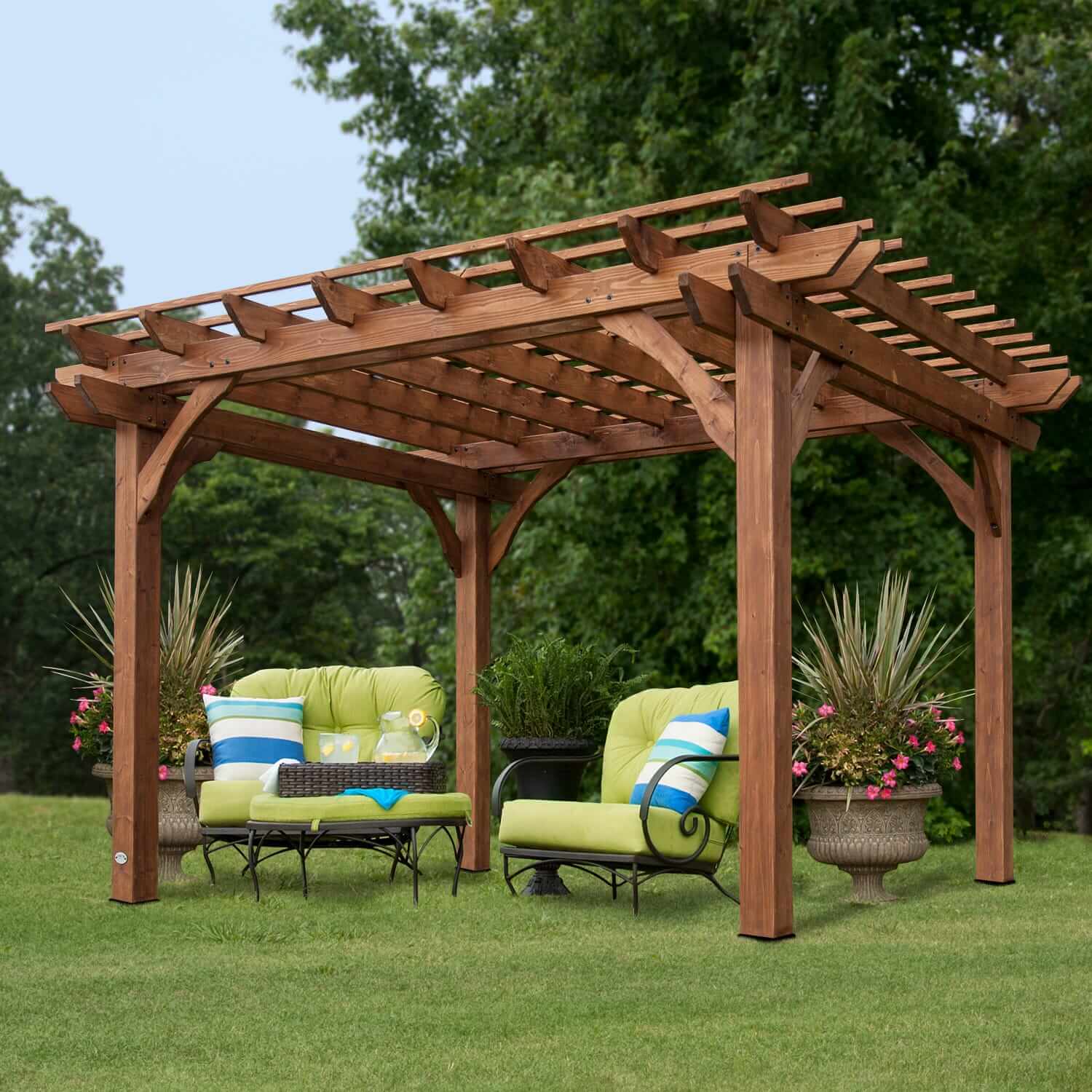
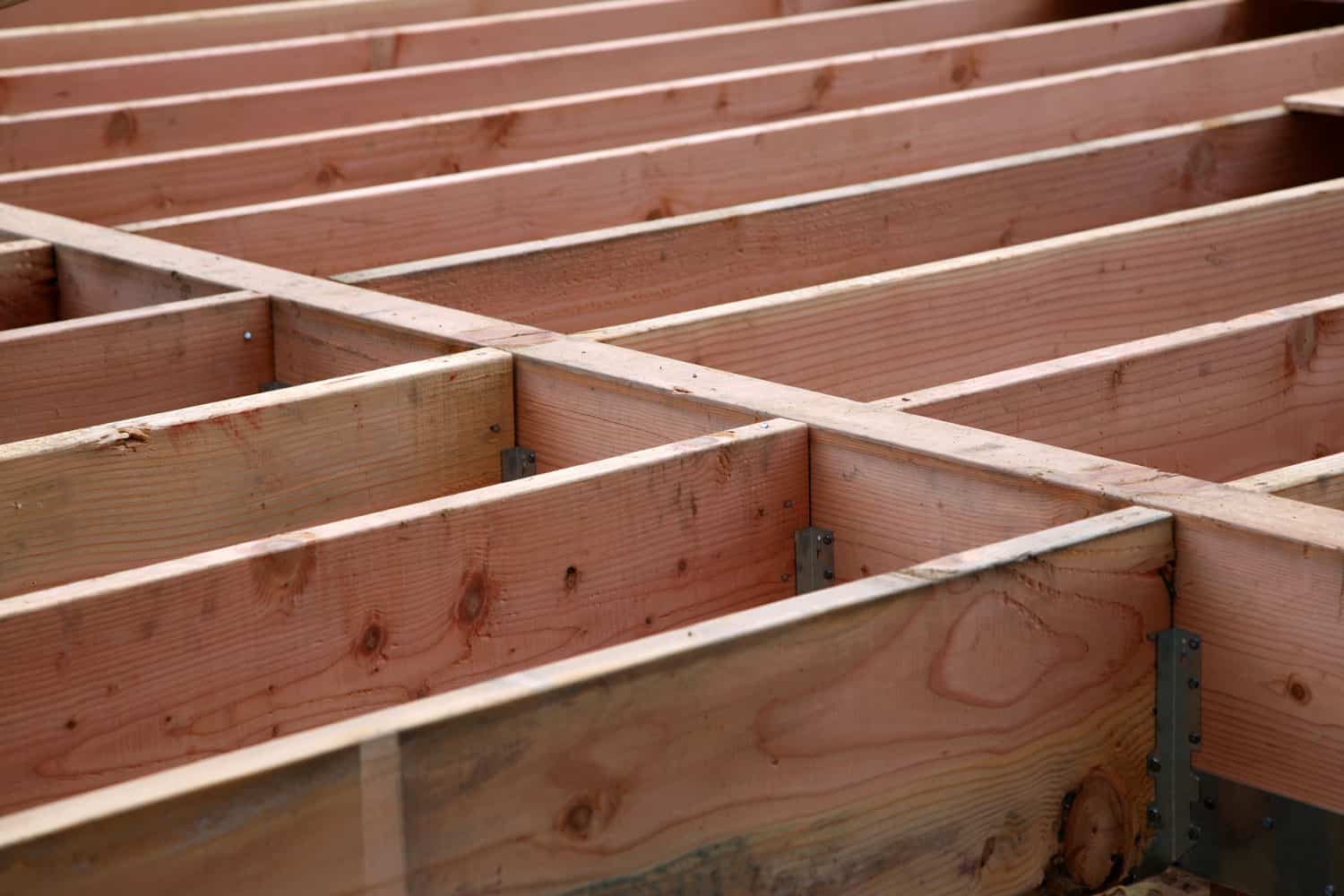
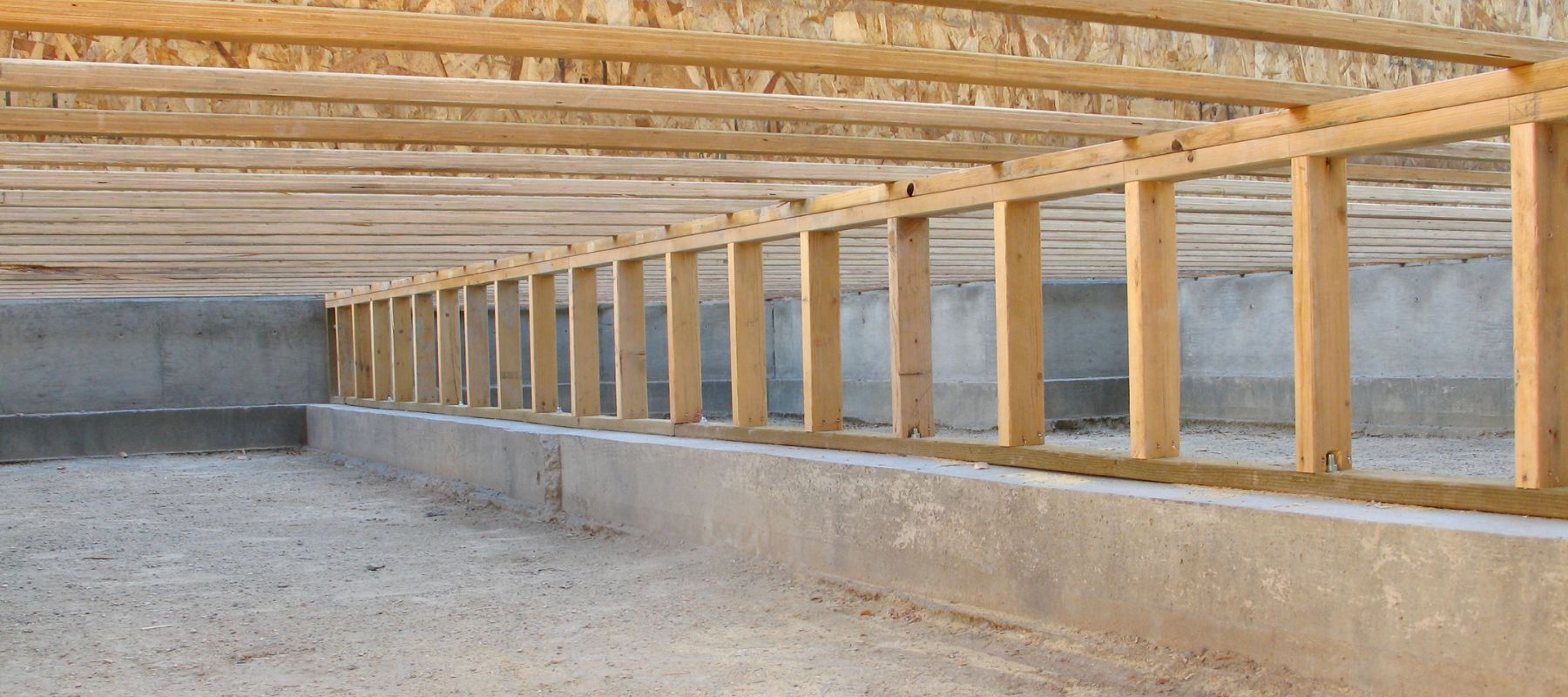
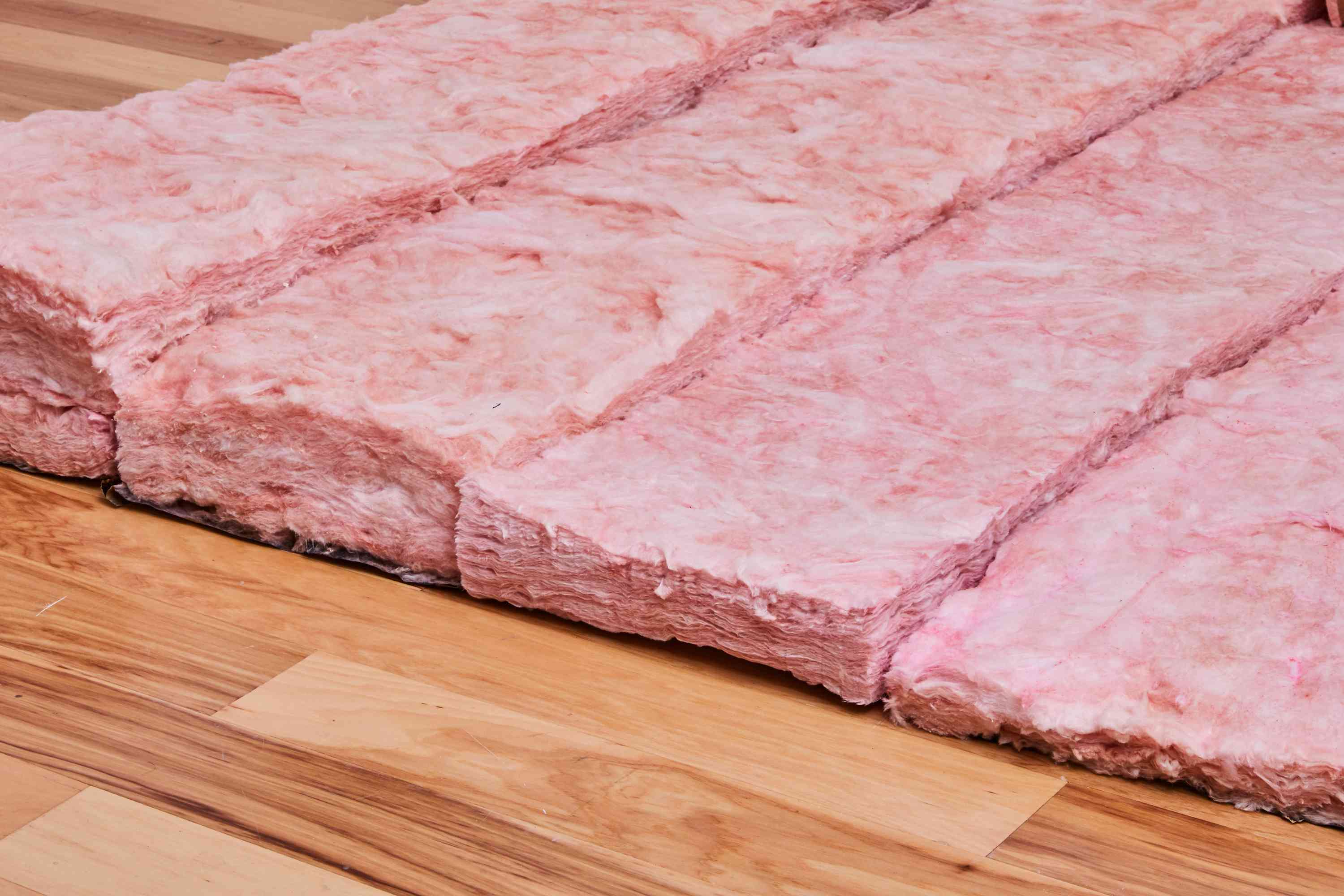
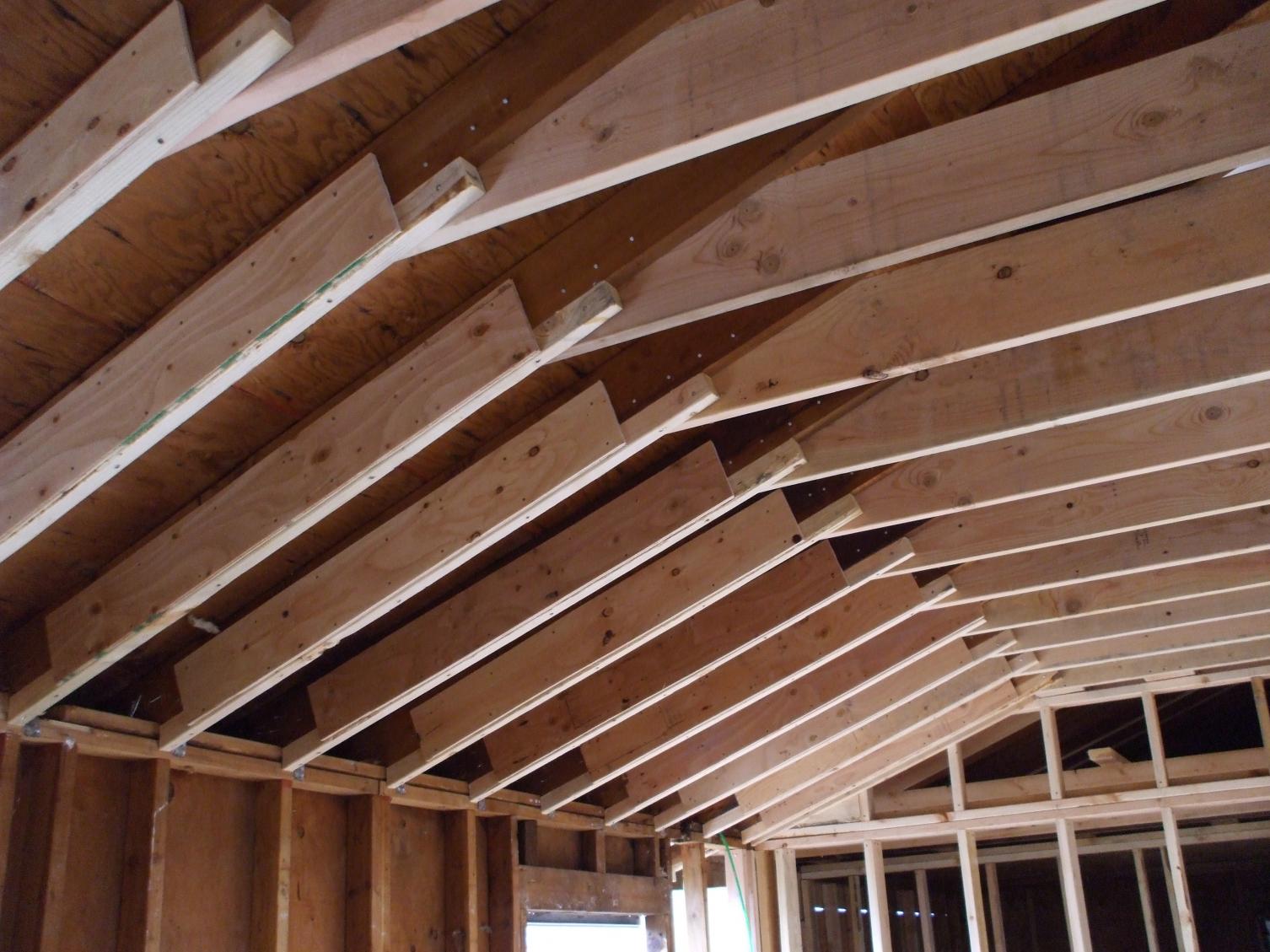
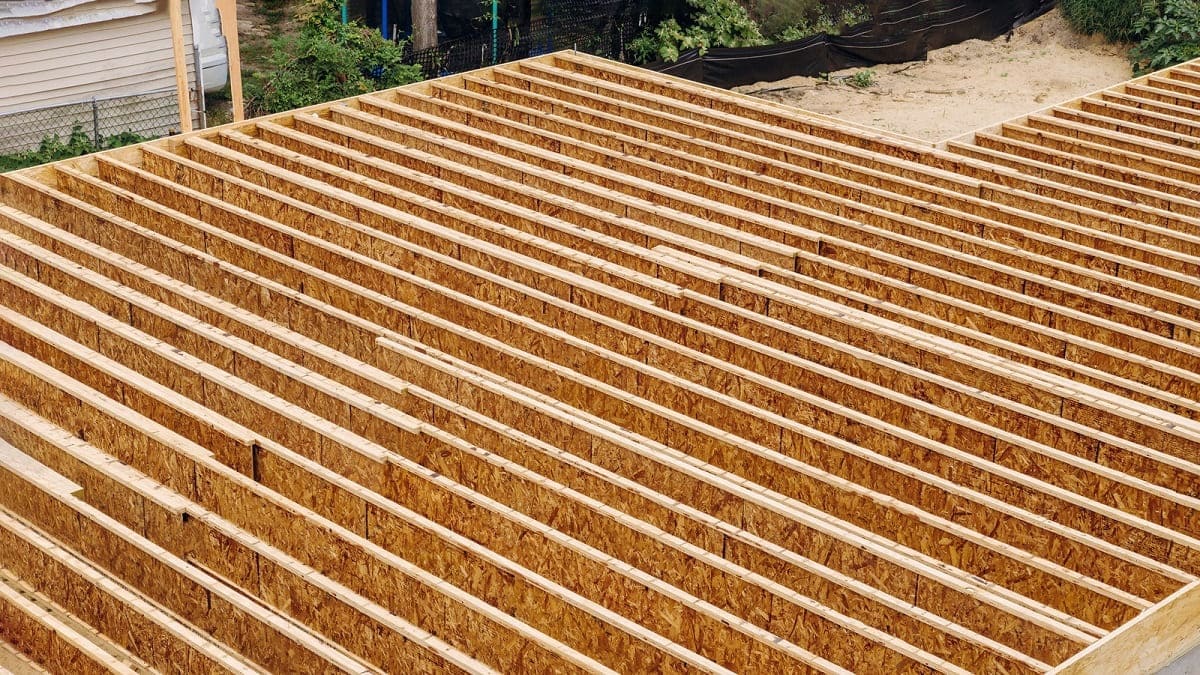
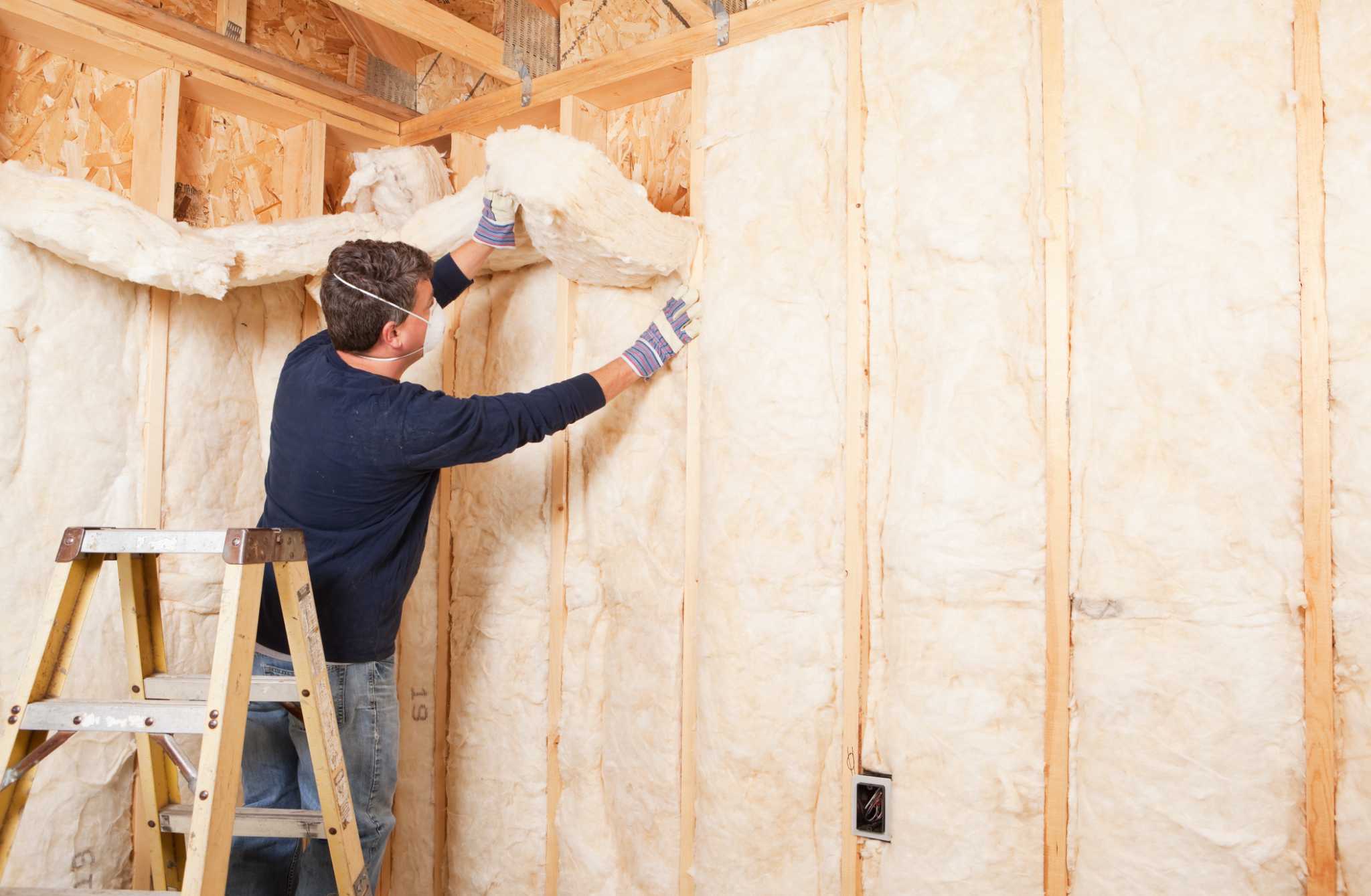
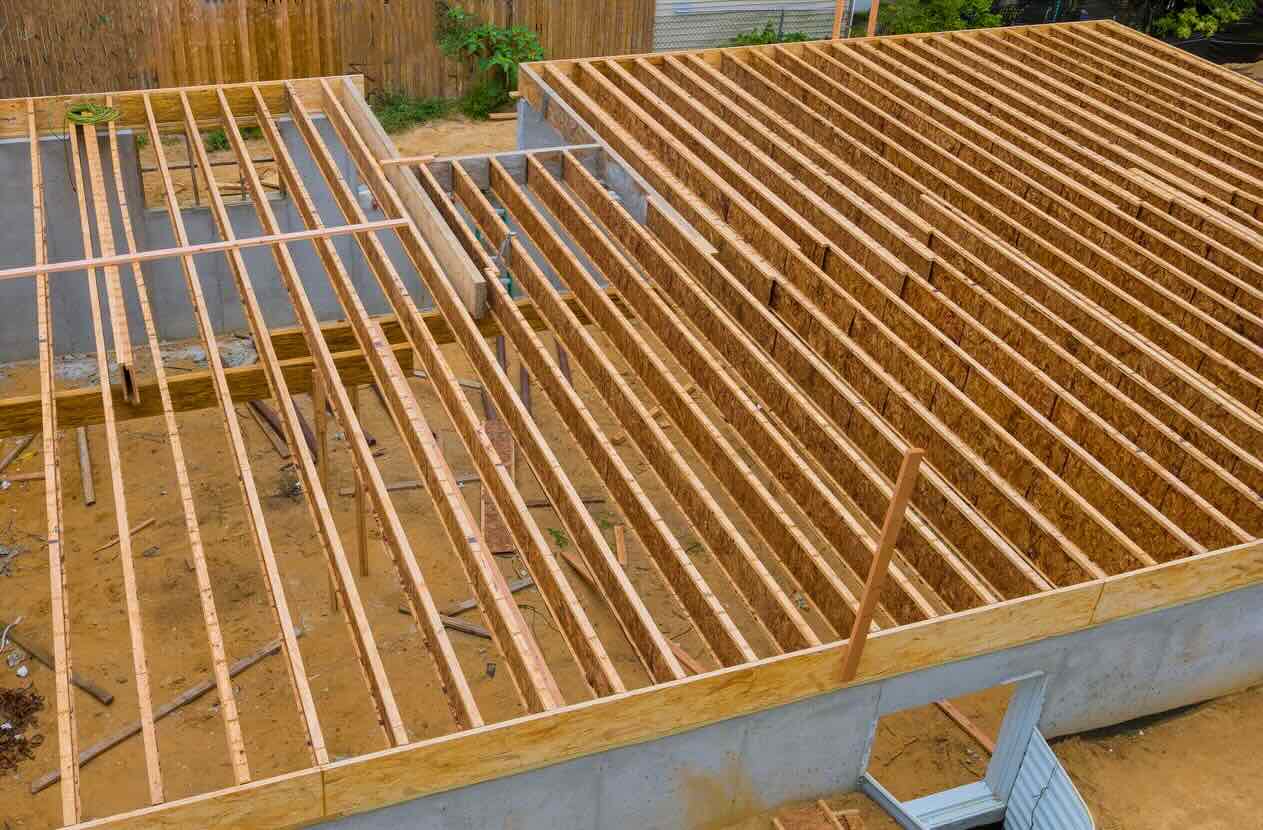
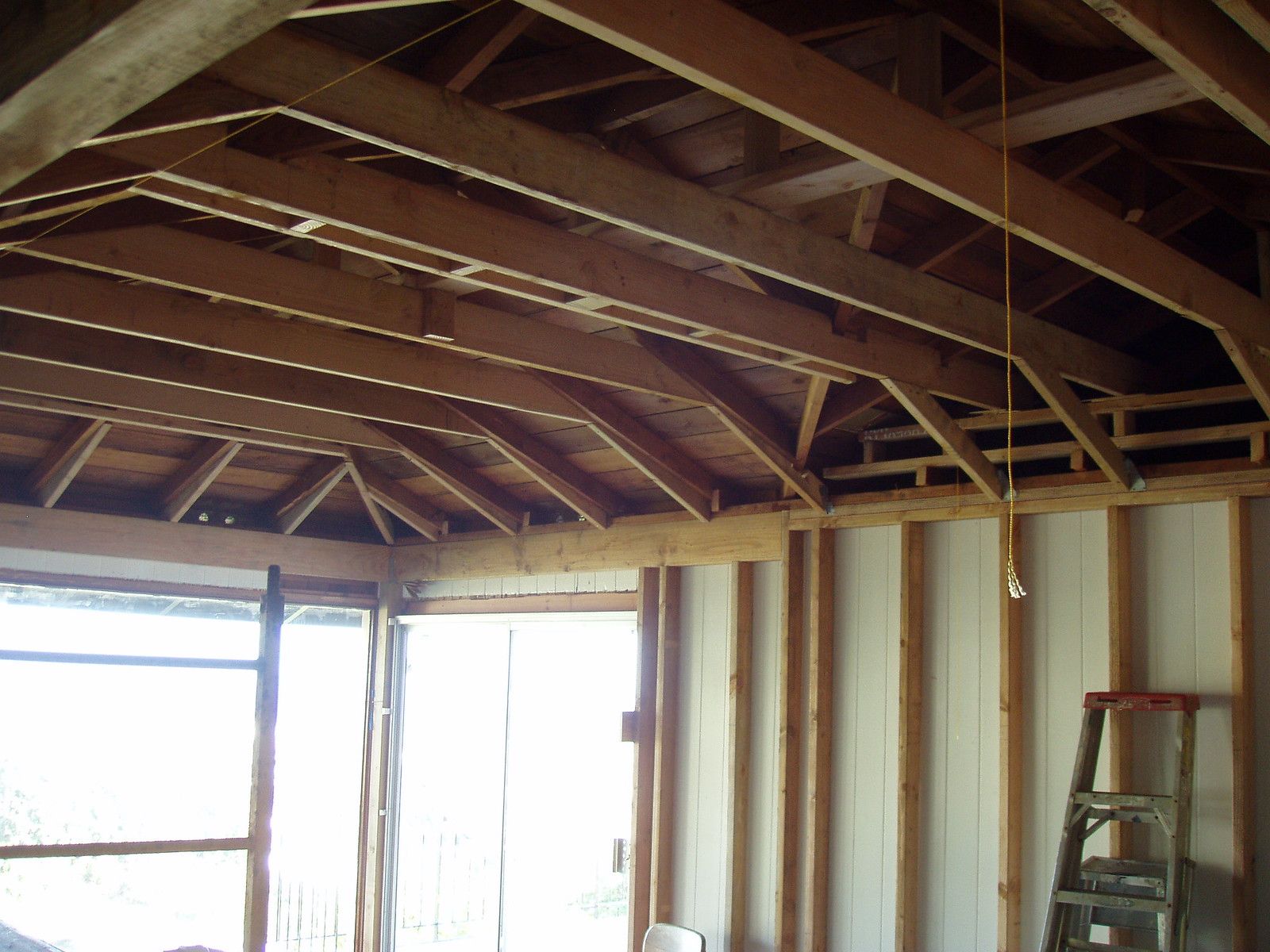
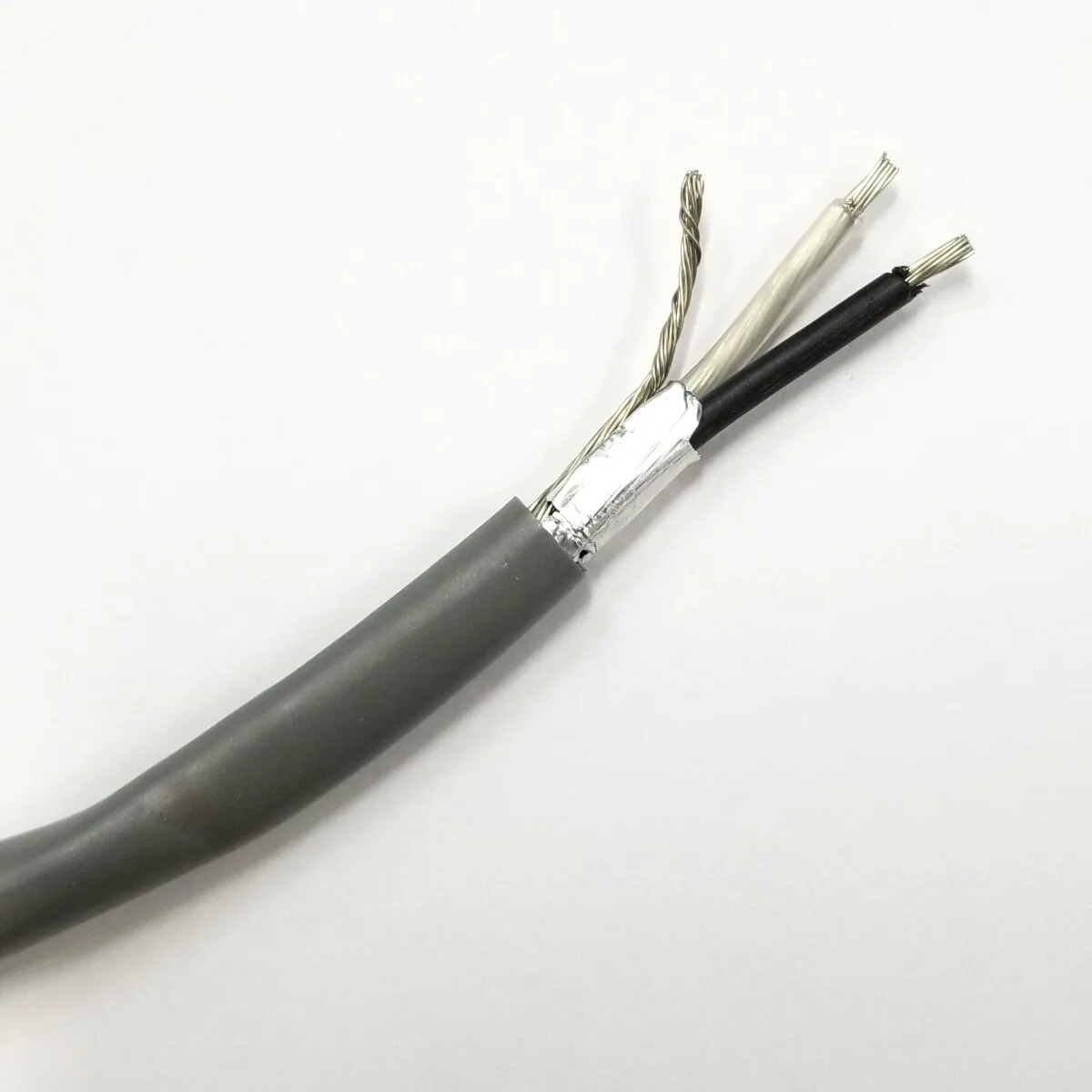

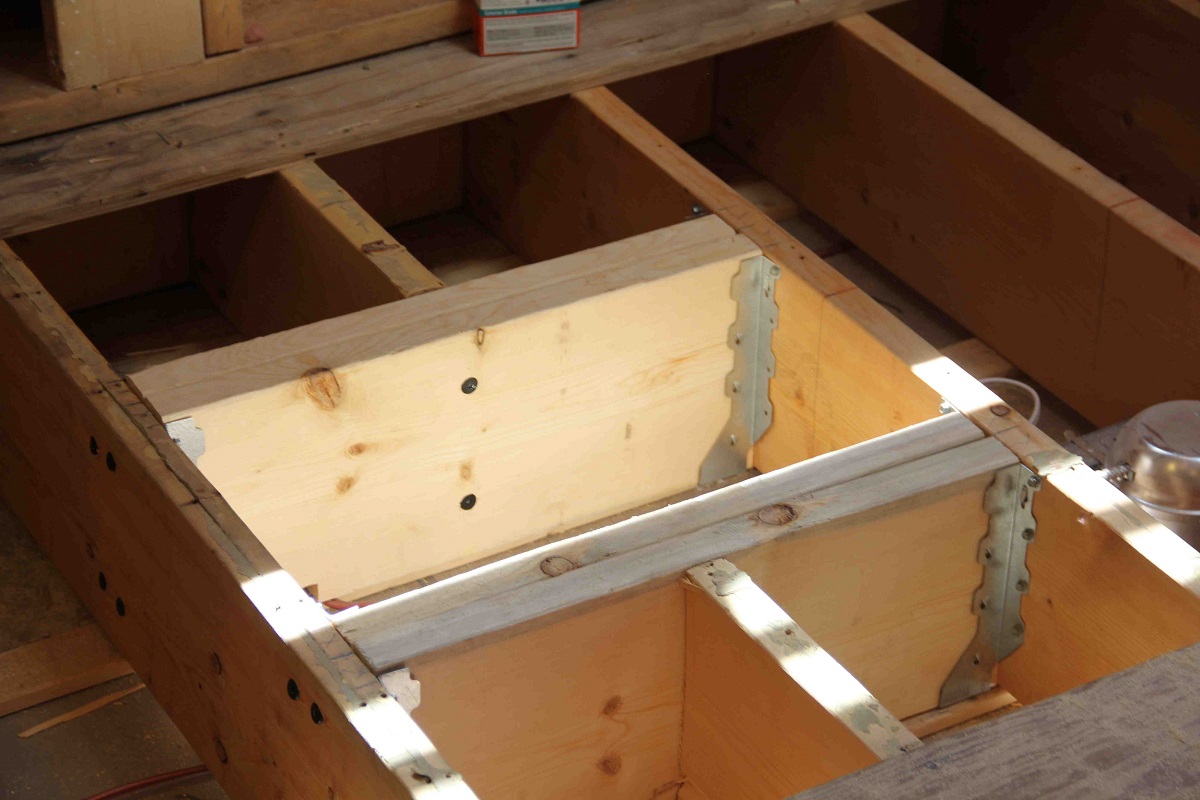
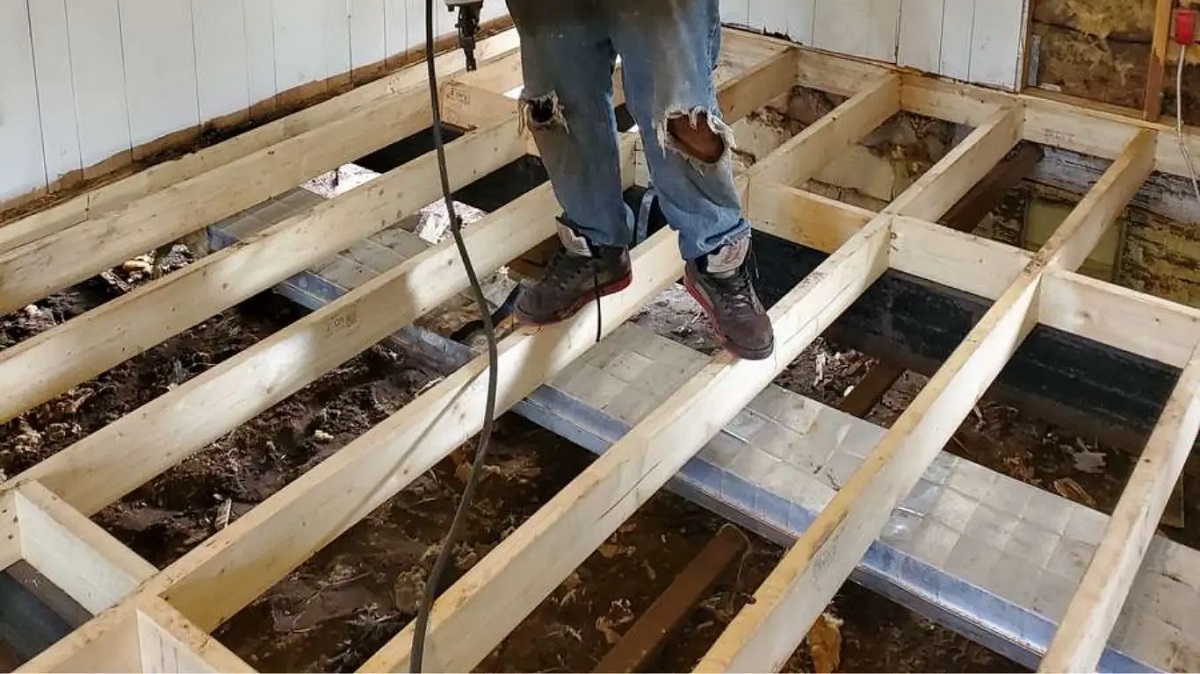
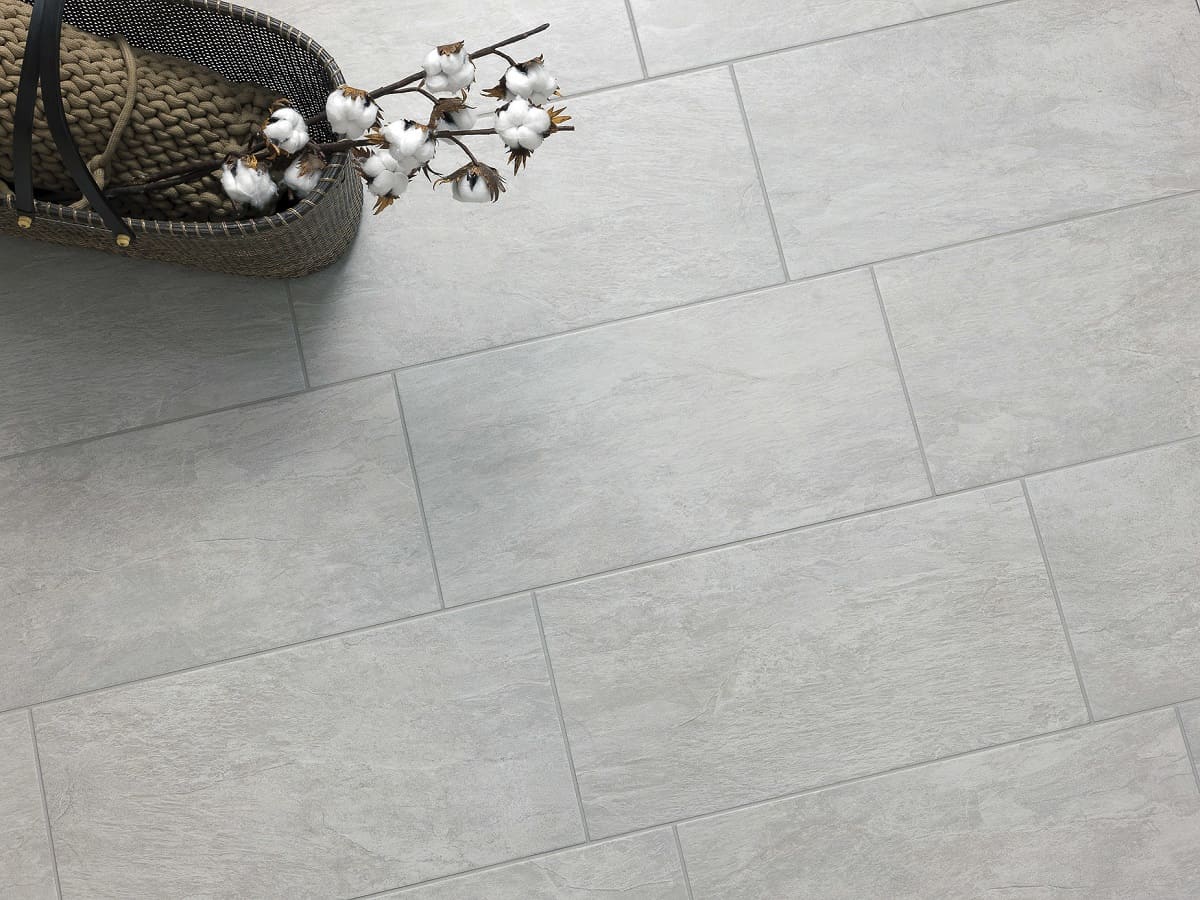

0 thoughts on “What Size Insulation For 2X10 Floor Joist”